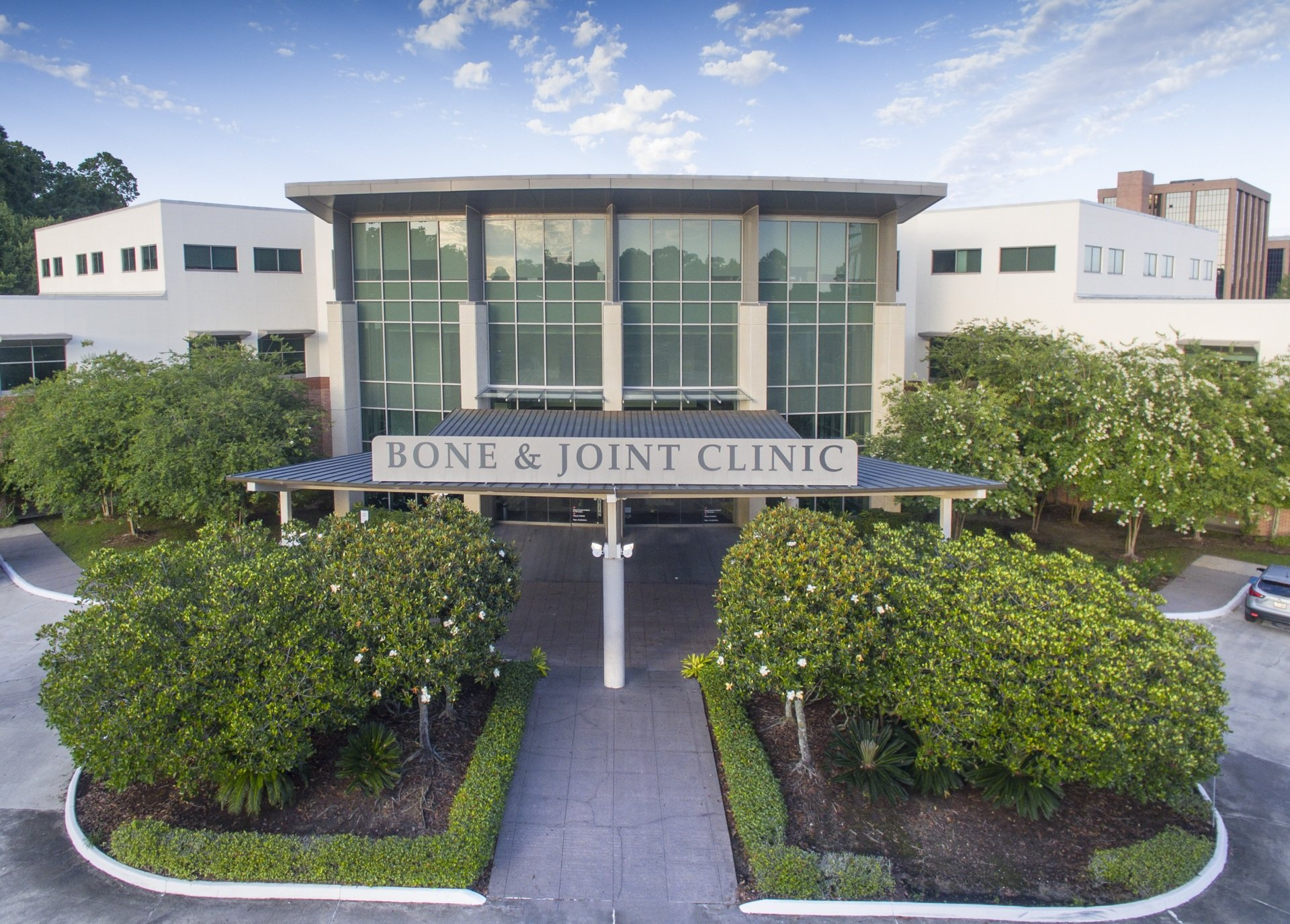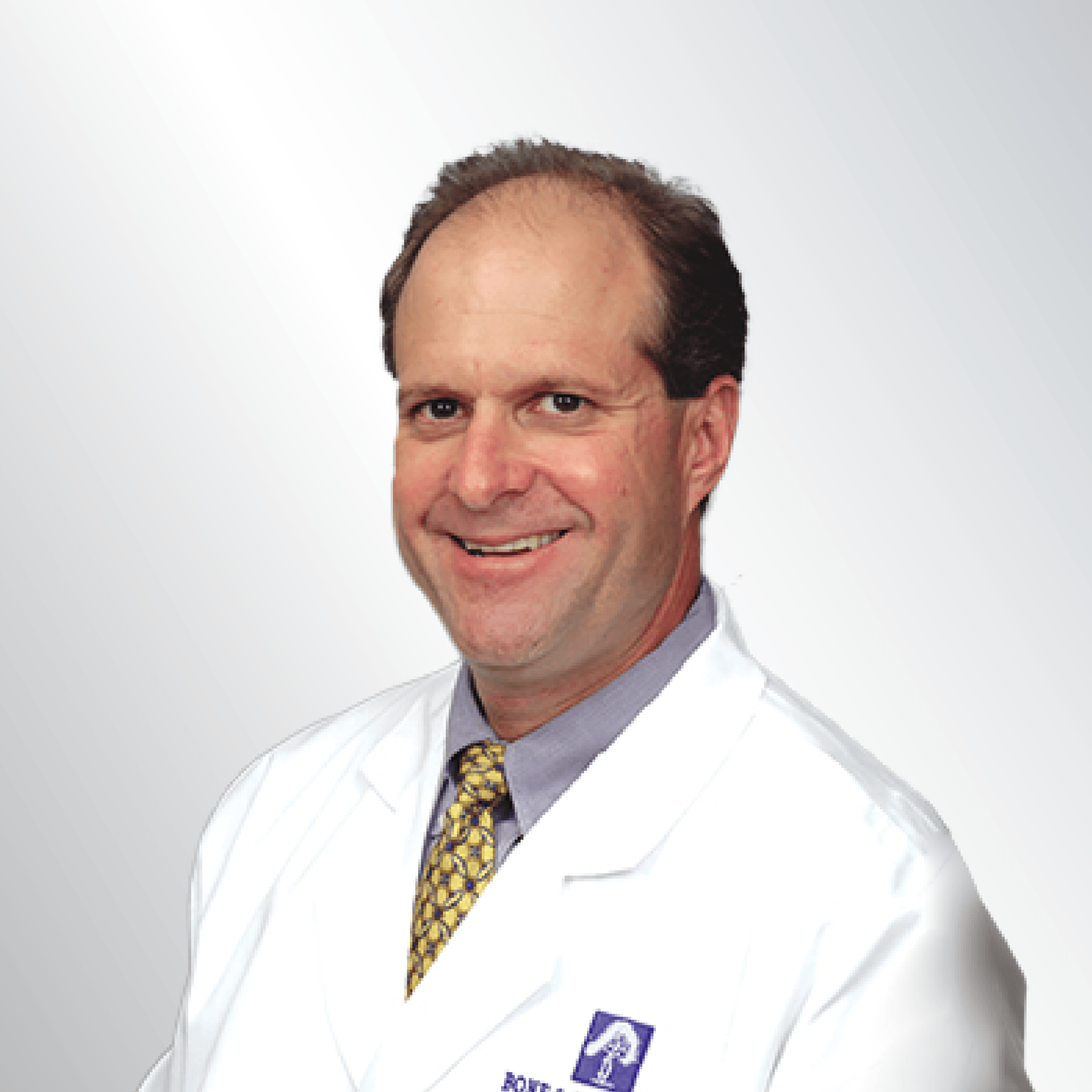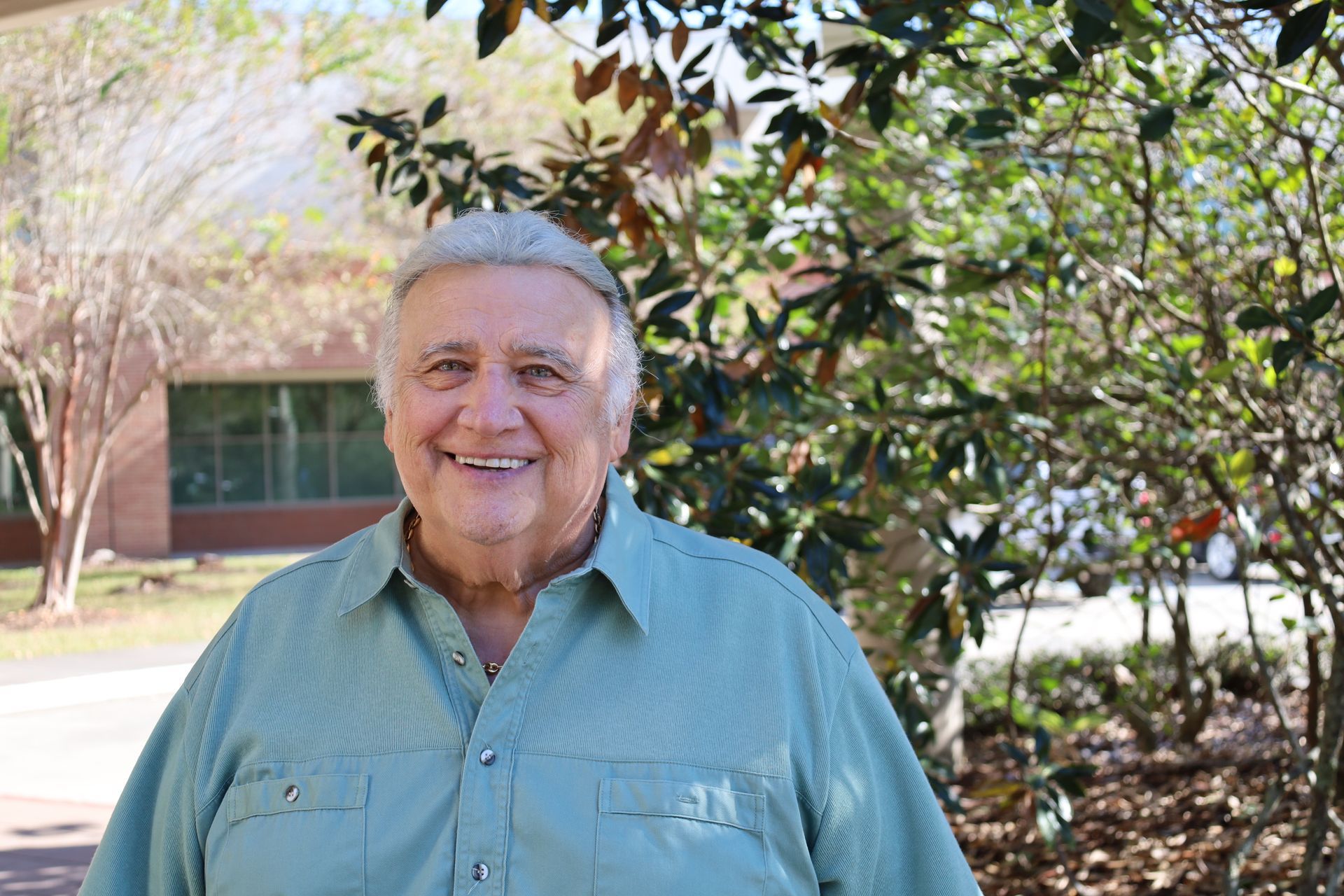The musculoskeletal system is comprised of the bones, muscles, and other connective tissues that provide the human body with stability and movement. Naturally, given the size and function of this system, musculoskeletal injuries occur often and account for a large portion of physician visits each year. Pain and other symptoms affecting areas such as the back, neck, knee, and quite often, the shoulder are a common patient complaint. In fact, millions seek medical attention for shoulder symptoms every year, making it one of the most commonly treated parts of the body by far.
Prevalence and Symptoms of Rotator Cuff Tears
The rotator cuff is comprised of four muscles and tendons that encompass, stabilize, and protect the shoulder joint while still enabling it to move freely. The most common injuries impacting the shoulder are those occurring within this system of connective tissues. In a given year, with a total of 7.5 million reported shoulder injuries, over 4 million are specific to the rotator cuff, and tears in particular represent a large portion of these cases.
Rotator cuff tears can occur either suddenly with an impact injury or accident, or they can develop over time with repetitive motion and overuse. They are frequently seen in athletes, those whose jobs require repeated overhead arm movement, and older adults who are suffering from shoulder arthritis or degeneration within the rotator cuff. Symptoms of a tear may include:
- Pain at night, especially if sleeping on the side of injured shoulder
- Pain with specific shoulder movements such as raising and lowering of the arms
- Weakness in the arm
- Cracking or popping (crepitus) sensations with certain movements or positions of the shoulder
Why Arthroscopic Repair of Rotator Cuff Tears?
Many rotator cuff tears are treatable through non-surgical methods. These can include the use of slings, braces, injections, and physical therapy. However, when tears are more severe or symptoms do not respond to other treatment options, surgical repair may be warranted. In total, there are three surgical techniques used: open repair, arthroscopic repair, and a combination of the two known as mini-open repair. While each method has its benefits and each surgeon may have their own preference, many tend to lean toward arthroscopic repair whenever possible.
Whereas traditional, open repair of tears involves a large incision and detaching the deltoid muscle, arthroscopic repair is far less invasive. Through a series of much smaller incisions in the skin and deltoid along with the use of small camera (arthroscope), surgeons have access to virtually the entire shoulder. Working with the guidance of the camera and small surgical instruments, they can work to repair the tear from a multitude of angles, improving shoulder strength, function, and pain all within an outpatient setting.
Who Should Perform Arthroscopic Rotator Cuff Repairs?
While the prevalence of arthroscopic rotator cuff repair has grown over the years, the procedure still requires a level of skill and experience that not all orthopedic specialists possess. When determining if arthroscopic repair is the best course of treatment for your own rotator cuff tear, it is important to give equal, if not greater, consideration to the physician who will be performing the operation than to the surgery itself. To help ensure the best results and lowest potential rates of complication, look for a surgeon who is board-certified, frequently performs this specific procedure, and who has professional affiliations and training in the technique.
At Bone & Joint Clinic of Baton Rouge, Dr. Alan Schroeder and Dr. Mathew Mazoch both have the training, skill, and experience necessary to perform arthroscopic repairs with the best possible outcomes and highest levels of patient satisfaction. Additionally, Dr. Murtagh, and Dr. Pope work with patients with shoulder injuries. If you are experiencing symptoms of rotator cuff or other shoulder injuries, contact our offices today to request a consultation.




